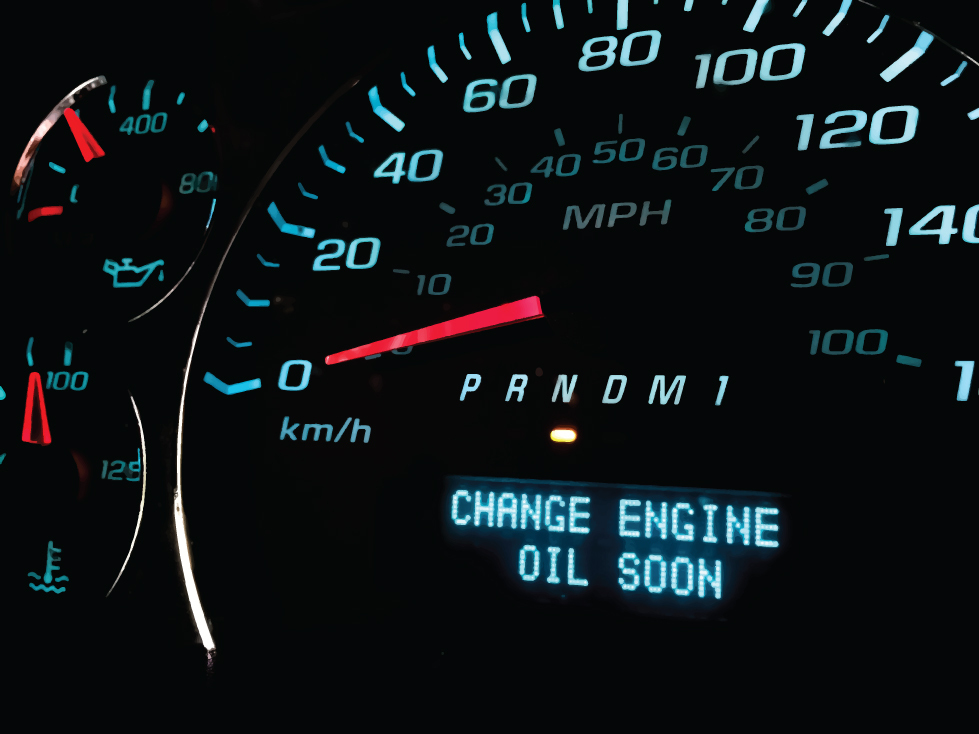
Your Ford is known for being reliable and long-lasting. To ensure it stays that way, it’s important to adhere to the recommended oil replacement schedule provided by the Ford factory. Below are some indicators to help you determine when it’s time to bring your Ford to your Ford dealer for an oil change to ensure that your engine stays lubricated and protected.
Is Your Ford Due for an Oil Change at Your Ford Dealer?
Time Since Your Last Oil Replacement
Keeping your Ford’s engine lubricated is crucial for protecting it from contaminants and maintaining performance. Regular oil replacements will prevent wear and extend the life of your Ford vehicle.
The recommended intervals for oil replacements typically fall between 5,000 and 10,000 miles or every six months, depending on factors such as the model, year engine type, driving conditions, and driving habits. Refer to your Ford owner’s manual for the oil replacement schedules for your model.
Intelligent Oil Life Monitor Notification
The Intelligent Oil Life Monitor (IOLM) is a tool for monitoring your Ford’s oil needs. When the dashboard display indicates that there is 15% of oil life remaining, it serves as a reminder to schedule an oil replacement promptly and not wait until it reaches 0% to avoid potential engine issues. Once you’ve had the oil replaced, the technician will reset the IOLM.
When Your Oil or Check Engine Light Turns On
Having the correct amount of oil in your vehicle is essential for your engine to function smoothly and efficiently. If the oil level is low due to a leak, sensor, or pump issues, the dashboard light signaling that an oil replacement is needed will illuminate. Address this warning immediately. If the check engine light comes on, it indicates a problem that could cause harm to your engine.
Old or Contaminated Oil
Engine oil has an amber hue. Over time, it can become dirty and contaminated, losing its ability to properly protect and lubricate the engine components. This can result in increased friction, reducing the longevity of your engine. Keep an eye on the color of your oil; if it darkens and appears dirty, ask your Ford technician for an oil replacement.
Engine Oil Leaks
Oil leaks may occur due to factors such as improper filter installation, loose oil filler caps, improperly sealed drain plugs, or deteriorating gaskets. If you spot any stains around the engine area, be sure to arrange for repairs and an oil replacement. When the level of oil is low, the engine lacks lubrication, which can lead to severe damage.
To maintain the health of your Ford’s engine, prolong its longevity, and reduce repair costs, adhere to the oil replacement intervals specified in your Ford owner’s manual and keep an eye on the Intelligent Oil Life Monitor (IOLM). Visit Pohanka Ford of Salisbury, MD, today for an oil replacement service that will ensure your Ford engine remains in excellent working order.
Image via




